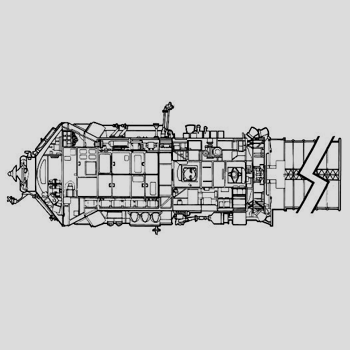A solid consists of a cone on top of a cylinder with a radius equal to that of the cone. The height of the cone is #60 # and the height of the cylinder is #15 #. If the volume of the solid is #7 pi#, what is the area of the base of the cylinder?
1 Answer
The area of the base of the cylinder is
Explanation:
The volume of the solid is found by adding the volume of the cylinder to the volume of the cone. The volume of a cylinder is given by
This can be transformed by the converse of the Distributive Property to become:
Which then becomes:
Since we are looking for the area of the base, which is a circle, we need to isolate the part of the formula which gives that area. The area of a circle is given by
Therefore, the area of the base of the cylinder is given by the formula:
Substitute the values you know for
Since the volume in the problem is left in terms of

